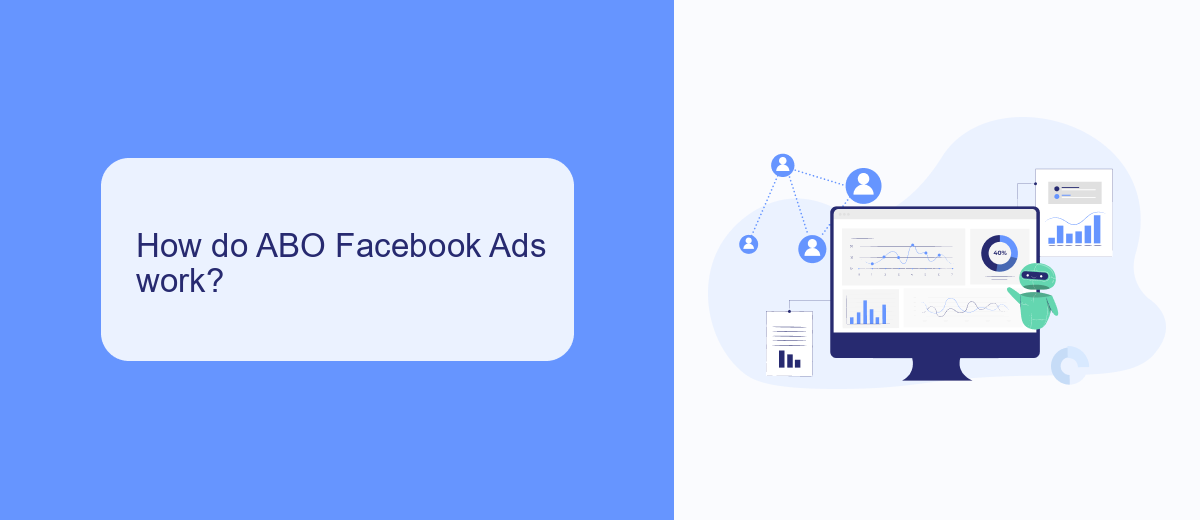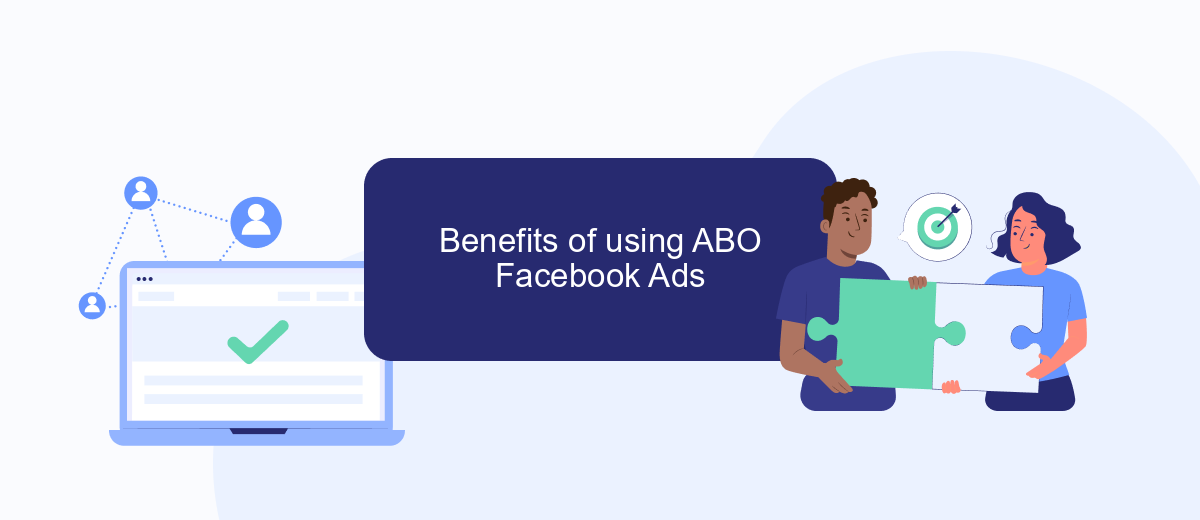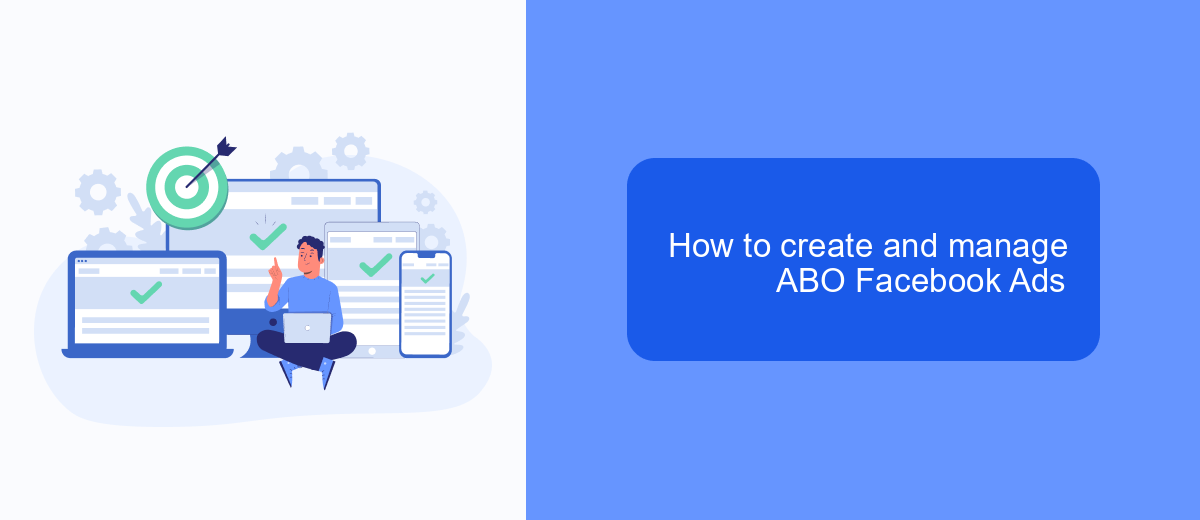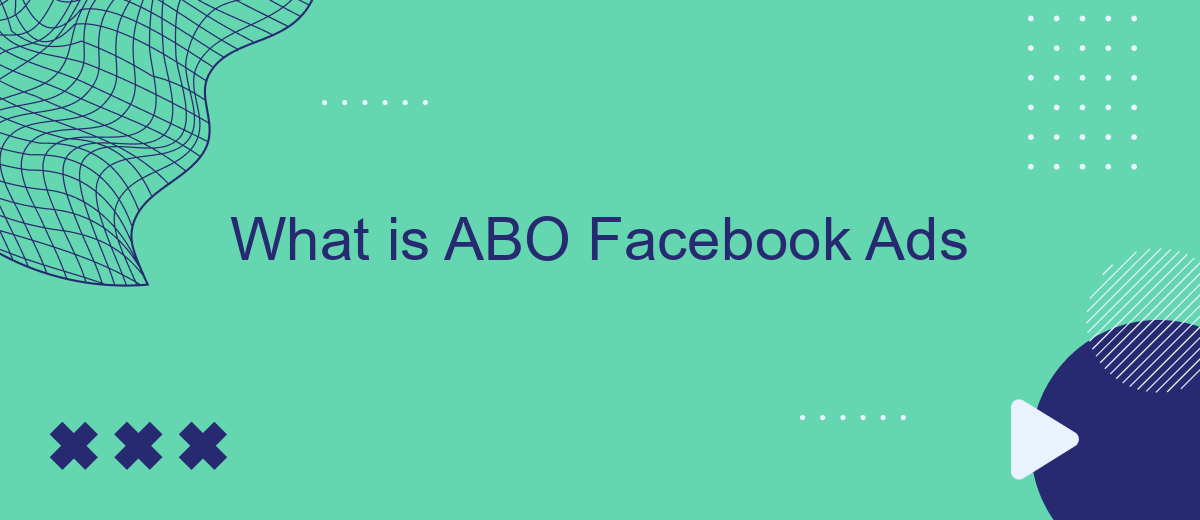ABO (Ad Set Budget Optimization) on Facebook Ads is a strategic approach where advertisers set individual budgets for each ad set within a campaign. This method allows for precise control over budget allocation, enabling marketers to optimize performance based on specific audience segments and objectives. In this article, we will explore the benefits, best practices, and potential challenges of using ABO for Facebook advertising.
What is ABO Facebook Ads?
ABO (Ad Set Budget Optimization) Facebook Ads is a campaign management strategy that allows advertisers to allocate budgets at the ad set level rather than the campaign level. This approach provides more granular control over budget distribution, enabling marketers to optimize the performance of individual ad sets based on their specific goals and audience segments.
- Greater control over budget allocation
- Enhanced ability to test and optimize different ad sets
- Improved performance tracking and adjustments
Using tools like SaveMyLeads can further streamline the process of managing ABO Facebook Ads. SaveMyLeads automates lead data transfer from Facebook Ads to various CRM systems and other services, ensuring that your marketing efforts are seamlessly integrated and efficient. This helps in maintaining a consistent and well-organized workflow, allowing you to focus on optimizing your ad sets for better results.
How do ABO Facebook Ads work?

ABO (Ad Set Budget Optimization) Facebook Ads work by allowing advertisers to allocate a specific budget for each ad set within a campaign. This method provides more control over how much is spent on each target audience, ensuring that the budget is distributed according to the performance and relevance of each ad set. Advertisers can manually adjust the budget for each ad set based on metrics such as engagement, click-through rates, and conversions, optimizing the performance of their campaigns.
To streamline the process of managing and optimizing ABO Facebook Ads, services like SaveMyLeads can be utilized. SaveMyLeads automates the integration of Facebook Ads with various CRM systems, email marketing platforms, and other business tools. This automation helps in capturing leads generated from Facebook Ads and transferring them directly to the desired platforms, ensuring timely follow-ups and efficient lead management. By leveraging such integrations, advertisers can focus on analyzing performance data and making informed decisions to enhance their ad campaigns.
Benefits of using ABO Facebook Ads

Using ABO Facebook Ads offers numerous advantages for businesses looking to optimize their advertising campaigns. These benefits can significantly enhance your marketing strategy and deliver better results.
- Budget Control: ABO allows you to allocate your budget to specific ad sets, giving you precise control over your spending.
- Targeted Campaigns: With ABO, you can create more targeted campaigns by focusing on specific audiences, improving ad relevance and engagement.
- Performance Tracking: It enables detailed performance tracking for each ad set, allowing you to make data-driven decisions and optimize your ads effectively.
- Flexibility: ABO provides the flexibility to test different ad creatives and strategies, helping you find what works best for your audience.
- Integration with SaveMyLeads: By integrating ABO Facebook Ads with services like SaveMyLeads, you can automate lead management and streamline your marketing processes.
Incorporating ABO Facebook Ads into your marketing strategy can lead to more efficient use of your advertising budget, better audience targeting, and improved overall campaign performance. Utilizing tools like SaveMyLeads further enhances these benefits by automating lead capture and management, ensuring you never miss an opportunity to connect with potential customers.
How to create and manage ABO Facebook Ads

Creating and managing ABO (Ad Set Budget Optimization) Facebook Ads involves a few straightforward steps. First, log into your Facebook Ads Manager and select the campaign objective that aligns with your marketing goals. Once the campaign is set up, navigate to the ad set level where you can allocate a specific budget for each ad set, rather than distributing it across the entire campaign.
Next, define your target audience by setting parameters such as age, gender, location, and interests. This helps ensure your ads reach the right people. Additionally, choose the placements where you want your ads to appear, such as Facebook, Instagram, or Messenger. Setting a schedule for when your ads will run is also crucial to maximize their effectiveness.
- Log into Facebook Ads Manager
- Select campaign objective
- Set budget at the ad set level
- Define target audience
- Choose ad placements
- Schedule your ads
To enhance your ad performance and streamline your workflow, consider using integration services like SaveMyLeads. This tool allows you to automate lead data transfers from Facebook Lead Ads to your CRM, email marketing software, or other applications, ensuring you never miss an opportunity to engage with your audience.
Best practices for using ABO Facebook Ads
To maximize the effectiveness of your ABO Facebook Ads, it's crucial to start with a well-defined target audience. Utilize Facebook's robust targeting options to hone in on demographics, interests, and behaviors that align with your ideal customer profile. Regularly monitor and adjust your audience settings based on performance data to ensure your ads are reaching the most relevant users. Additionally, create compelling ad creatives that resonate with your audience, incorporating eye-catching visuals and persuasive copy to drive engagement.
Another best practice is to leverage automation tools and services for seamless campaign management. For instance, integrating SaveMyLeads can help streamline your lead generation efforts by automatically transferring leads from Facebook Ads to your CRM or email marketing platform. This not only saves time but also ensures that no potential customer slips through the cracks. Regularly analyze your campaign metrics to identify areas for improvement and make data-driven decisions to optimize your ad spend and achieve better ROI.
- Automate the work with leads from the Facebook advertising account
- Empower with integrations and instant transfer of leads
- Don't spend money on developers or integrators
- Save time by automating routine tasks
FAQ
What is ABO in Facebook Ads?
How does ABO differ from CBO?
When should I use ABO instead of CBO?
Can I switch from CBO to ABO in an ongoing campaign?
How can I automate and integrate my Facebook Ads data?
SaveMyLeads is a simple and effective service that will help you automate routine tasks and optimize business processes. Stop wasting time uploading leads from Facebook manually – you can do it automatically, saving a lot of time and money. Eliminate routine from workflows and achieve more with minimal investment of money, effort and human resources.

